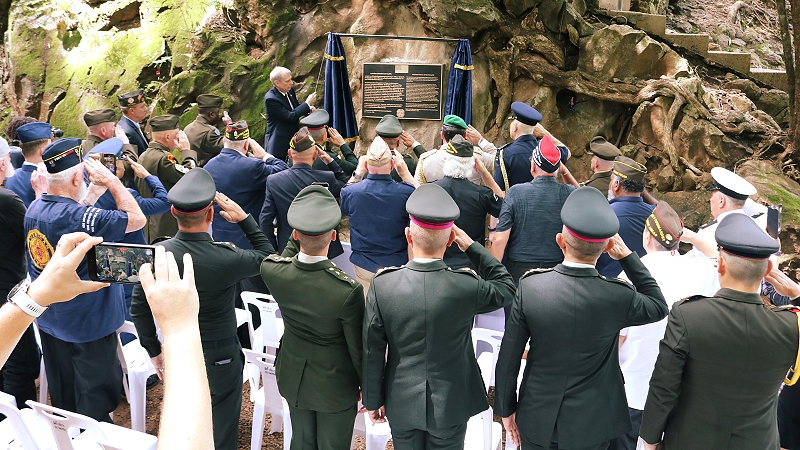History
Introduction
A strategic route
Hellfire Pass was an important part of the Burma-Thailand Railway. The railway was built to create a land route between Burma and Thailand, avoiding sea routes that were risky due to Allied attacks.
This route was made to help Japanese Imperial Army operations in Burma, allowing troops, weapons, and supplies to move safely between Burma and Thailand.
Work on the section of railway that includes Hellfire Pass started in late 1942 in the thick jungles of Kanchanaburi. Large amounts of rock had to be cleared to lay the railway tracks. Allied prisoners of war and Asian labourers were forced to do this hard work.
Without appropriate tools for such work, the men had to use hammers and chisels to break through solid rock. The ordeal was made worse by lack of food, cruel and brutal treatment, and the spread of disease.
Workers often toiled for up to 18 hours a day under the constant threat of violence. The name ‘Hellfire Pass’ comes from the sight of sick, starving men working by torchlight, which looked like a scene from hell.
The railway through Hellfire Pass was finished quickly, but at great human cost. The horrific treatment and poor conditions caused great suffering and many deaths during the building of the Burma-Thailand Railway.
A significant logistical hub, Ye was crucial for moving supplies and labourers. It played a vital role in maintaining the flow of materials necessary for the railway's construction.
The starting point of the Burma Railway in Burma, it served as a major POW camp. Its importance lay in being the northern terminus where many POWs began their grueling journey and construction tasks.
Located 30 kilometers from Thanbyuzayat, this camp was one of many where prisoners endured harsh conditions and forced labour. It served as a waypoint and rest area for prisoners and workers.
This point marked another crucial stage in the railway construction, where workers faced relentless pressure to meet construction deadlines. The terrain and climate added to the difficulties.
Another significant camp, 55 kilometers from Thanbyuzayat. It was notable for the high mortality rate among labourers due to disease, malnutrition, and mistreatment.
Situated 70 kilometers from the start, this camp saw severe hardships and a high death toll. It was an essential part of the construction chain, contributing to the overall progress of the railway.
Located 105 kilometers from Thanbyuzayat, this camp was a critical construction site. It was infamous for its extreme working conditions and the heavy burden placed on the labourers.
This mountain pass was a strategic crossing point between Burma and Thailand. It was crucial for moving troops and supplies, making it a significant military and logistical target.
Known for its large POW camp, Songkurai was a major construction site where many lives were lost. The camp was pivotal in pushing the railway's progress despite the high human cost.
Located near the border, Ni Thea served as a transit camp. Its strategic location helped facilitate the movement of labourers and materials across the border region.
Another key site along the railway, Konkuita witnessed intense labour and high fatalities. It was integral in connecting different segments of the railway through arduous work.
An important staging area for railway construction, Tha Kha-Nun was notable for its logistical significance. The area saw extensive labor efforts to push the railway forward.
Known for its POW camp, Kinsayok was a vital construction site. The area was marked by challenging conditions and a high death toll among the workers.
This location had multiple camps and was notorious for its difficult terrain and severe working conditions. It was a crucial segment in the railway's progress.
One of the most infamous sites on the Death Railway, Hellfire Pass required extensive rock cutting, leading to a high number of casualties. It is now a memorial site commemorating the suffering of the POWs.
A significant construction site, Tampi saw heavy labour and tragic losses. It contributed to the railway's extension through its critical work.
Tha Sao was another essential camp and construction site, known for its strategic importance in the railway's development. The area witnessed severe hardships for labourers.
Wampo was known for its treacherous viaduct construction, which resulted in numerous fatalities. The site's importance lay in its contribution to the railway's continuity over difficult terrain.
Chungkai was a significant POW camp and hospital site. It played a crucial role in the railway's construction and is now a site of remembrance.
The site of the famous Bridge on the River Kwai, Tamarkan became symbolic of the entire railway project. The bridge was a critical logistical point for Japanese forces and a significant engineering challenge.
A major town along the railway, Kanchanaburi was a key administrative and logistical center. It is now home to several war cemeteries and memorials.
This location served as a major work site and transit camp. Its strategic importance was underscored by the intense labour required to keep the railway construction on schedule.
A pivotal staging point for POWs and materials, Ban Pong was essential for the distribution of labour and resources. It marked the beginning of the railway within Thailand.
The southern terminus of the railway, Nong Pladuk was a critical junction for connecting the Death Railway to existing Thai railways. Its completion marked a significant milestone in the project.
- Horace
- Wilfred
- Jesse
- William
- Herbert
- Lawrence
- James
- George
- Leonard
- Norman
- Robert
- Lenard
- Alfred
- Berend
- Jan
- Johannes
- Harm
- Louis
- Bernard
- August
- Rudolf
- Franklin
- Arthur
- Eric
- Ronald
- Harold
- Alexander
- Edward
- Leon
- Harry
- Charles
- Frank
- Albert
- Rupert
- Leslie
- Thomas
- Walker
- Friend
- Vernon
- Martinus
- Christoffel
- Johan
- Eduard
- Jacobus
- Marinus
- Frederick
- Cyril
- Bert
- Kenneth
- Francis
- Allan
- Henry
- Philip
- Edmund
- Stanley
- Wallace
- David
- Percy
- Jack
- Terry
- Peter
- Antonius
- Sjoerd
- Hendrik
- Cornelis
- Adrianus
- Gerrit
- Sidney
- Lionel
- Maurice
- Basil
- Edgar
- Ernest
- Douglas
- Czeslaus
- Martijn
- Albertus
- Herman
- Napoleon
- Maxwell
- Horace
- Wilfred
- Jesse
- William
- Herbert
- Lawrence
- James
- George
- Leonard
- Norman
- Robert
- Lenard
- Alfred
- Berend
- Jan
- Johannes
- Harm
- Louis
- Bernard
- August
- Rudolf
- Franklin
- Arthur
- Eric
- Ronald
- Harold
- Alexander
- Edward
- Leon
- Harry
- Charles
- Frank
- Albert
- Rupert
- Leslie
- Thomas
- Walker
- Friend
- Vernon
- Martinus
- Christoffel
- Johan
- Eduard
- Jacobus
- Marinus
- Frederick
- Cyril
- Bert
- Kenneth
- Francis
- Allan
- Henry
- Philip
- Edmund
- Stanley
- Wallace
- David
- Percy
- Jack
- Terry
- Peter
- Antonius
- Sjoerd
- Hendrik
- Cornelis
- Adrianus
- Gerrit
- Sidney
- Lionel
- Maurice
- Basil
- Edgar
- Ernest
- Douglas
- Czeslaus
- Martijn
- Albertus
- Herman
- Napoleon
- Maxwell
Timeline
History
of the centrE
Initial concept by the British Government
The British colonial government first considered building a railway through the thick jungles of the Tenasserim Hills, which separate Thailand and Burma (present day Myanmar). But it decided it was too difficult and costly due to the rough terrain and risk of lives being lost.
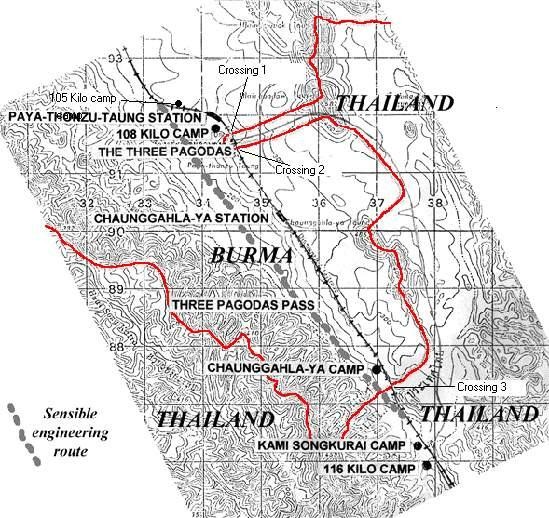
Japanese invasion
At the start of World War II, Japanese Imperial Army launched their initial attacks on Southeast Asia, invading the Malay Peninsula in Malaya and Thailand. They quickly overpowered the British defences.
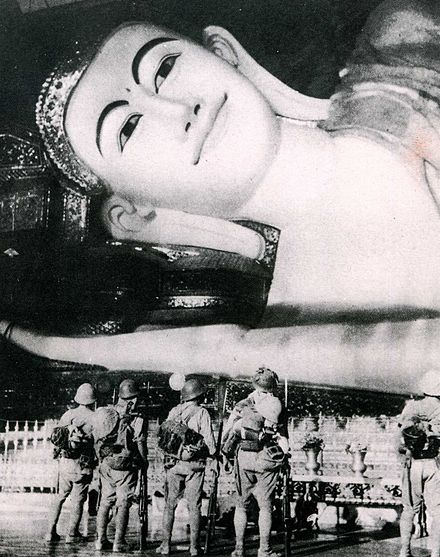
Japanese decision and planning
By mid-1942, the Japanese Imperial Army had control of both Burma and Thailand. To support their military efforts, the Japanese Imperial Army decided to build the Burma-Thailand railway because transporting men and materiel to Burma by sea was too dangerous.

Start of construction
Construction began at two points: Ban Pong in Thailand and Thanbyuzayat in Burma. The Japanese Imperial Army forced Allied prisoners of war and Asian labourers to work on this huge project.
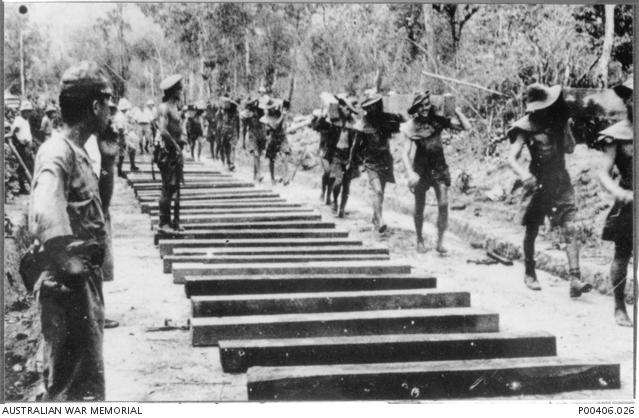
Arrival of POWs
Large groups of POWs captured in Southeast Asia were brought to the railway. These included British, Australian, Dutch, and American soldiers, sailors and airmen.
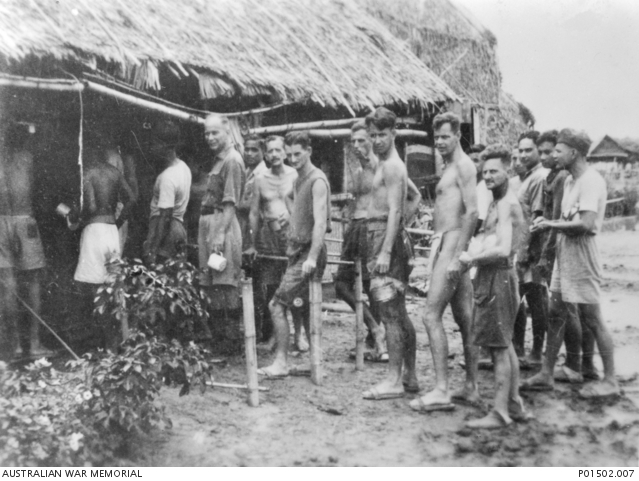
Work begins on Hellfire Pass
Construction started on one of the hardest sections, Hellfire Pass. Workers suffered in brutal conditions, cutting through solid rock.

Completion of the Railway
The railway was finished in just 16 months due to the hard work of the labourers. Sadly, many died from malnutrition, harsh conditions, brutality and disease.
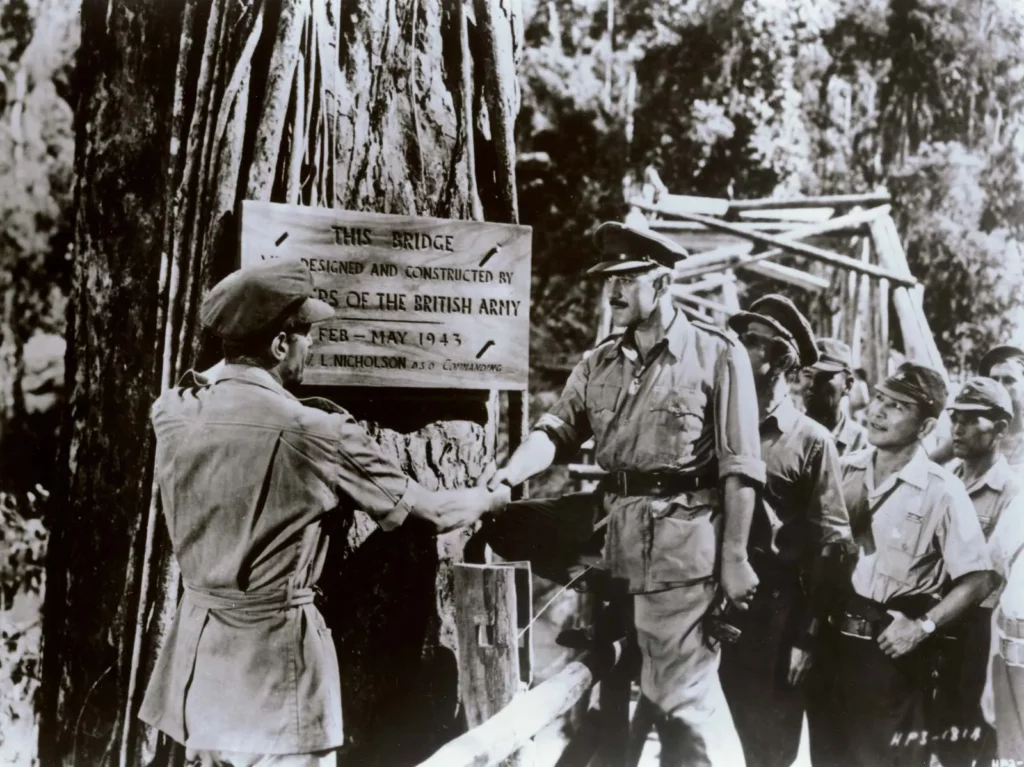
Railway use
The Japanese used the railway to move troops and supplies. Allied forces bombed it often to disrupt these operations.
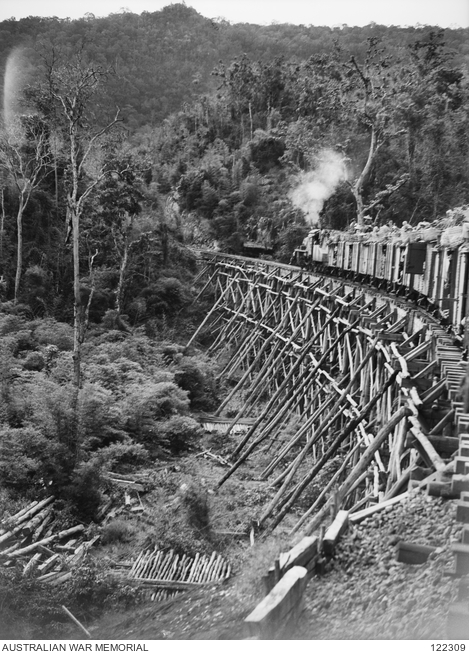
End of World War II
After the atomic bombings of Hiroshima and Nagasaki, Japan surrendered. Allied forces quickly freed the remaining POWs.
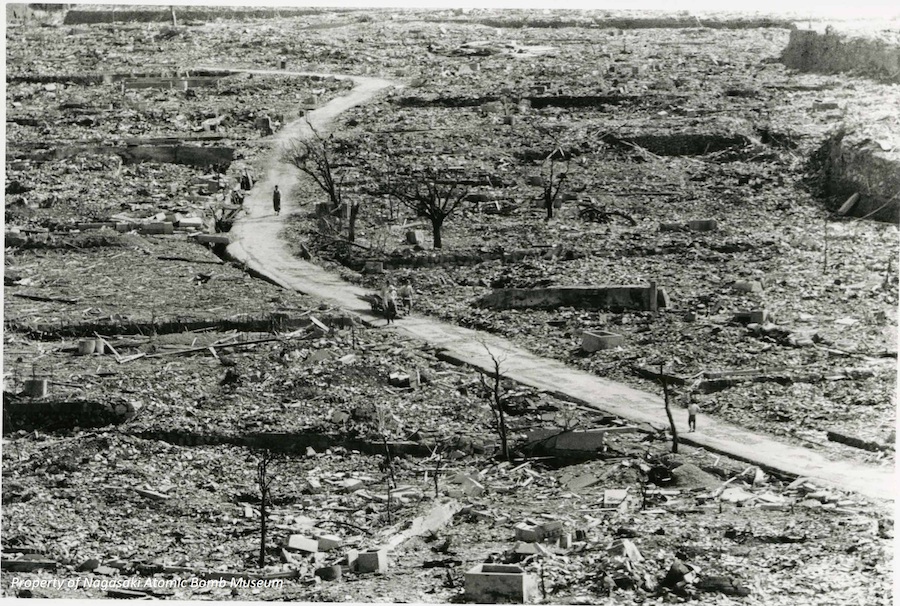
Freedom and the journey home
Allied medical and military teams arrived to help the surviving POWs return home. The former prisoners began their journey back, carrying the scars of their suffering.

Dismantling and Remembrance
After the war, parts of the railway were taken down due to their link to the conflict. Some sections were restored as memorials and historical sites, honouring those who suffered and died.
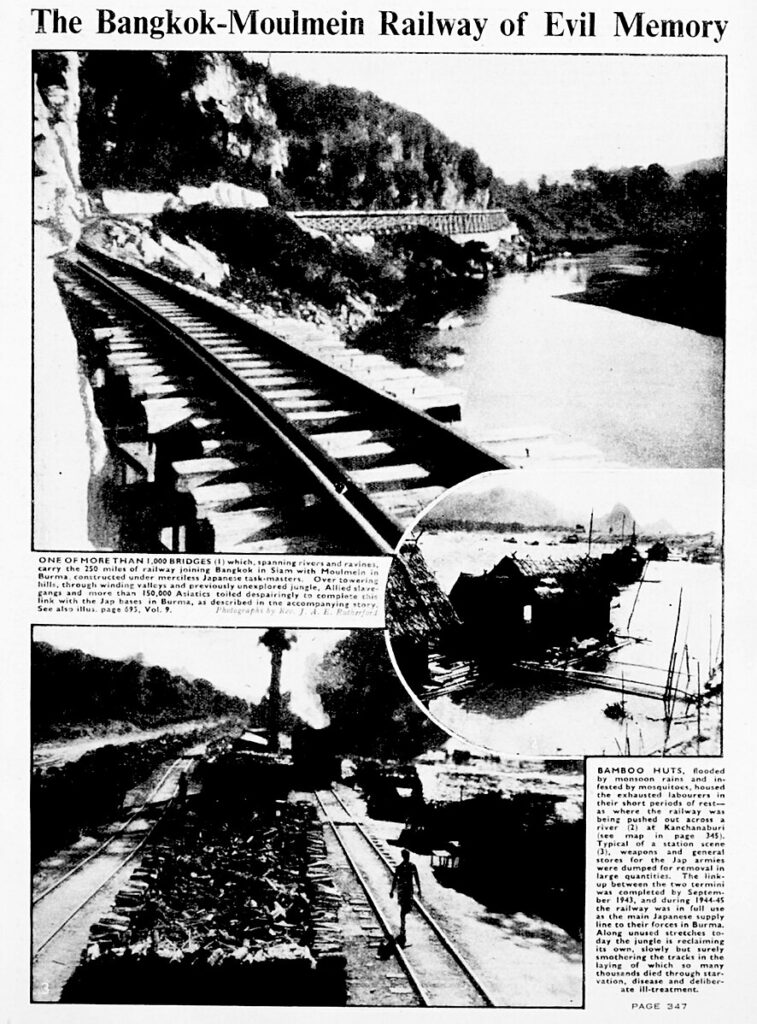
Abandonment
After World War II, parts of the Burma-Thailand Railway, including Hellfire Pass, were abandoned. The rough terrain and sad memories kept people away, and the area was left untouched for decades.
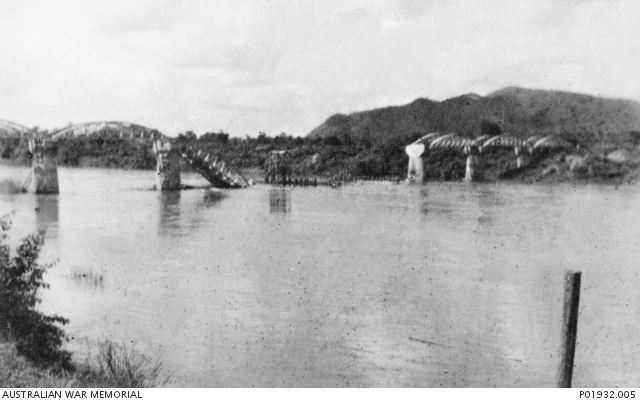
Rediscovery
In the 1980s, former POWs and adventurous tourists rediscovered Hellfire Pass. The POWs’ stories showed the importance of preserving the site.

Memorial plans begin
The Australian Government, with help from surviving POWs and their families, started planning a memorial at Hellfire Pass to honour those who suffered and died.

Opening of the Memorial and Museum
The Hellfire Pass Memorial and Interpretive Centre opened officially. Then Australian Prime Minister Paul Keating attended the ceremony, stressing its importance in Australia's war history.

Anzac Day ceremonies begin
Hellfire Pass became a site for annual Anzac Day ceremonies. These events honour the Anzac soldiers and their role in building the railway. The dawn service has become a major event, drawing relatives of POWs, veterans, and visitors from around the world.
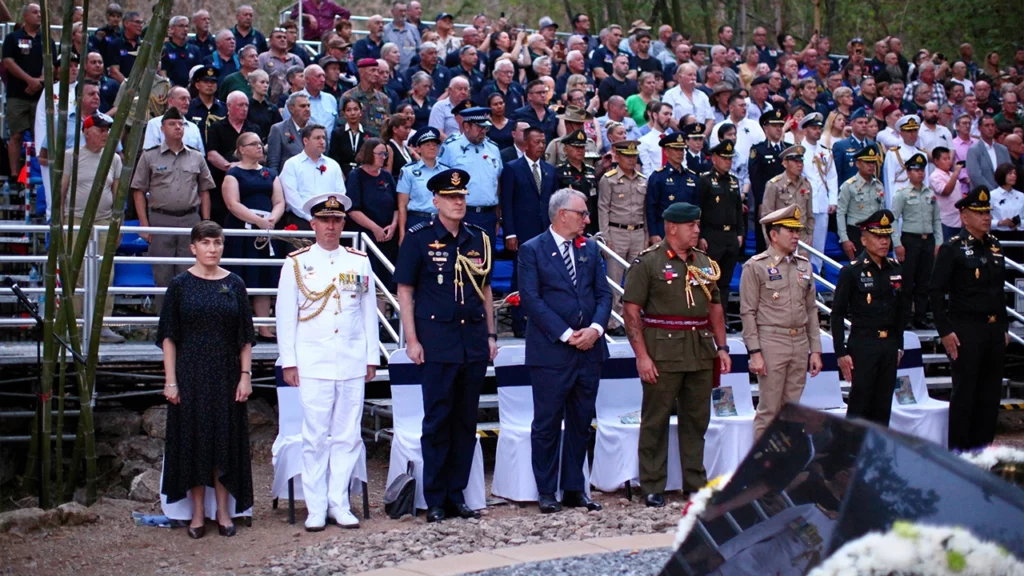
Education and preservation
The site now offers educational programmes about the history of Hellfire Pass and the Burma-Thailand Railway. The site continues to be preserved with improvements to the museum and visitor facilities.

Annual events and growing importance
Each year, Hellfire Pass connects us to the past. Memorial events, tours, and the natural setting make it a place of historical significance and a reminder of human strength.
